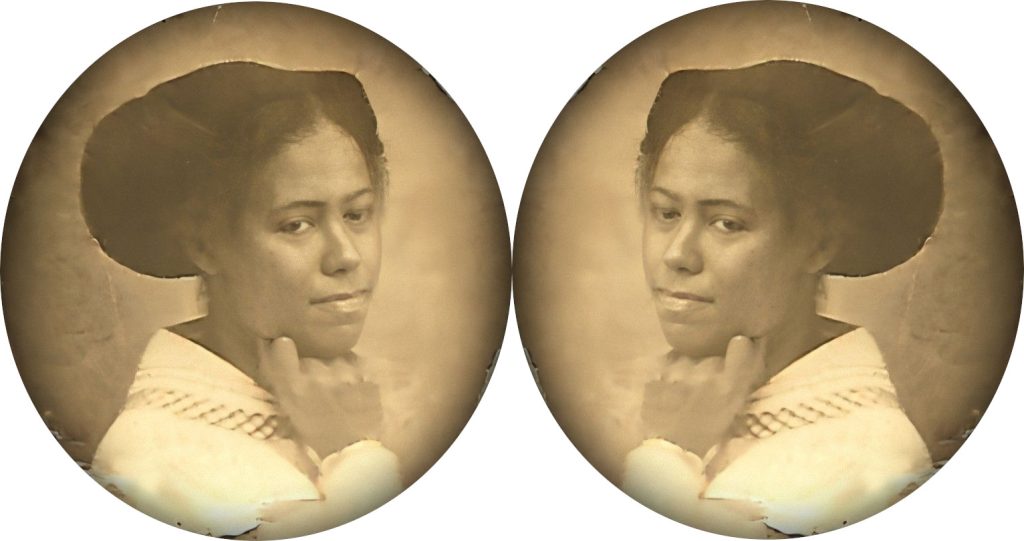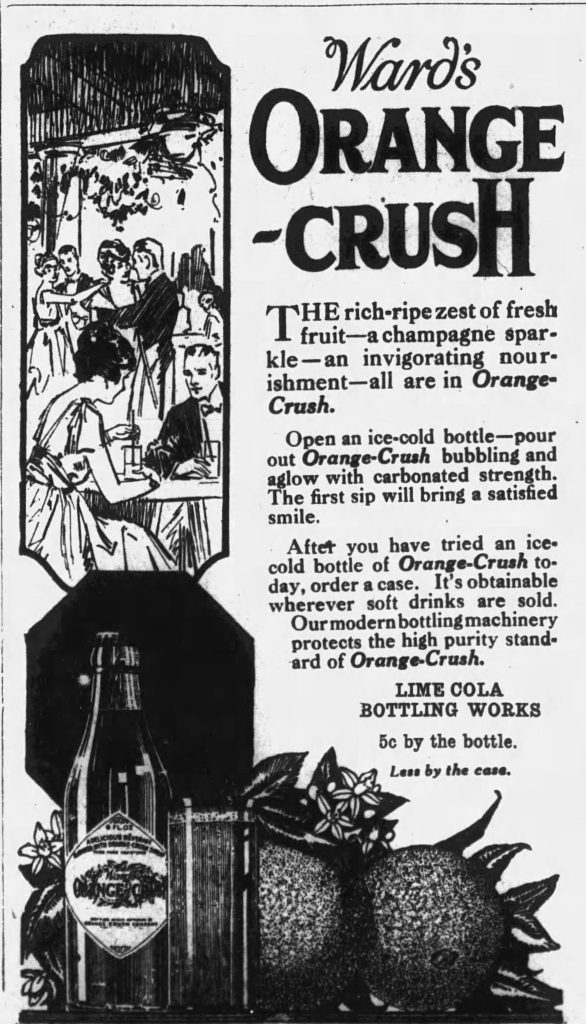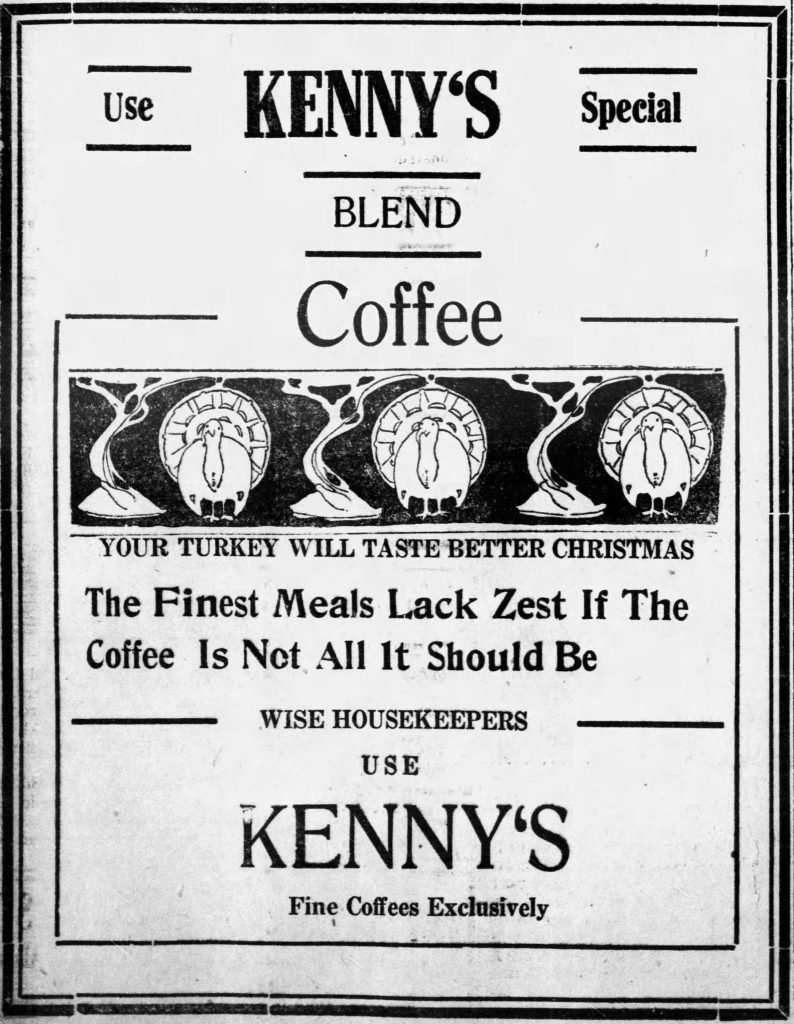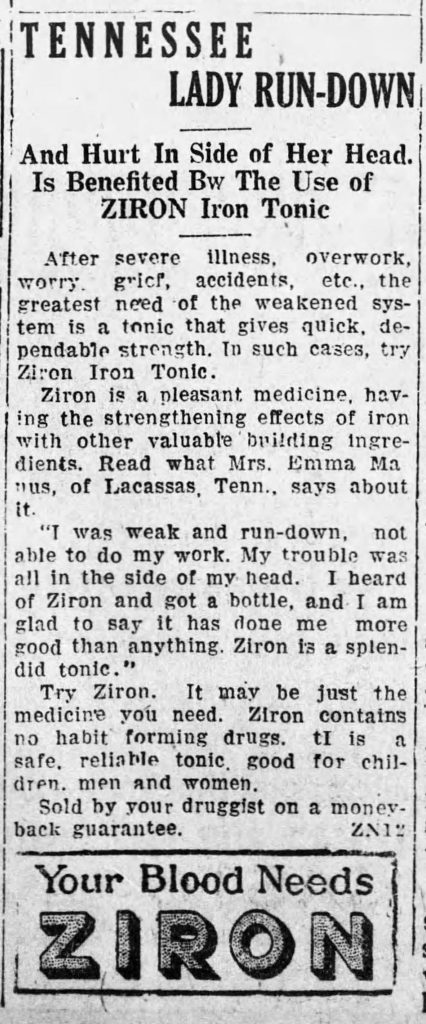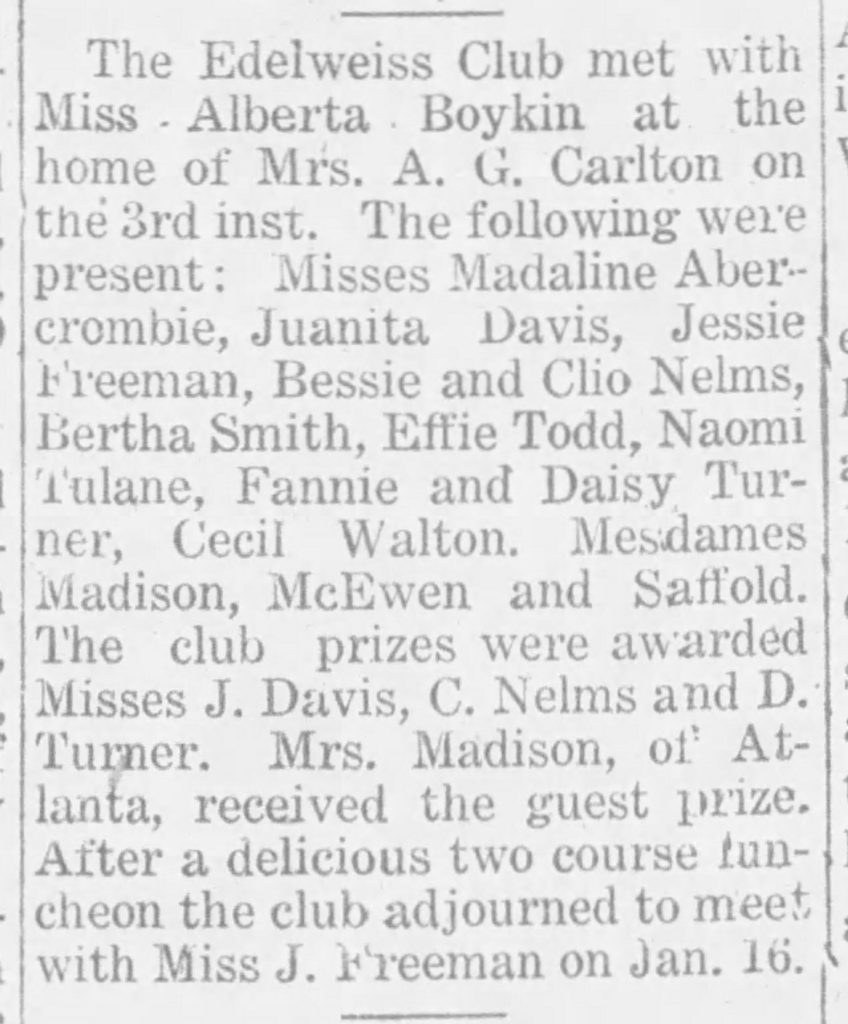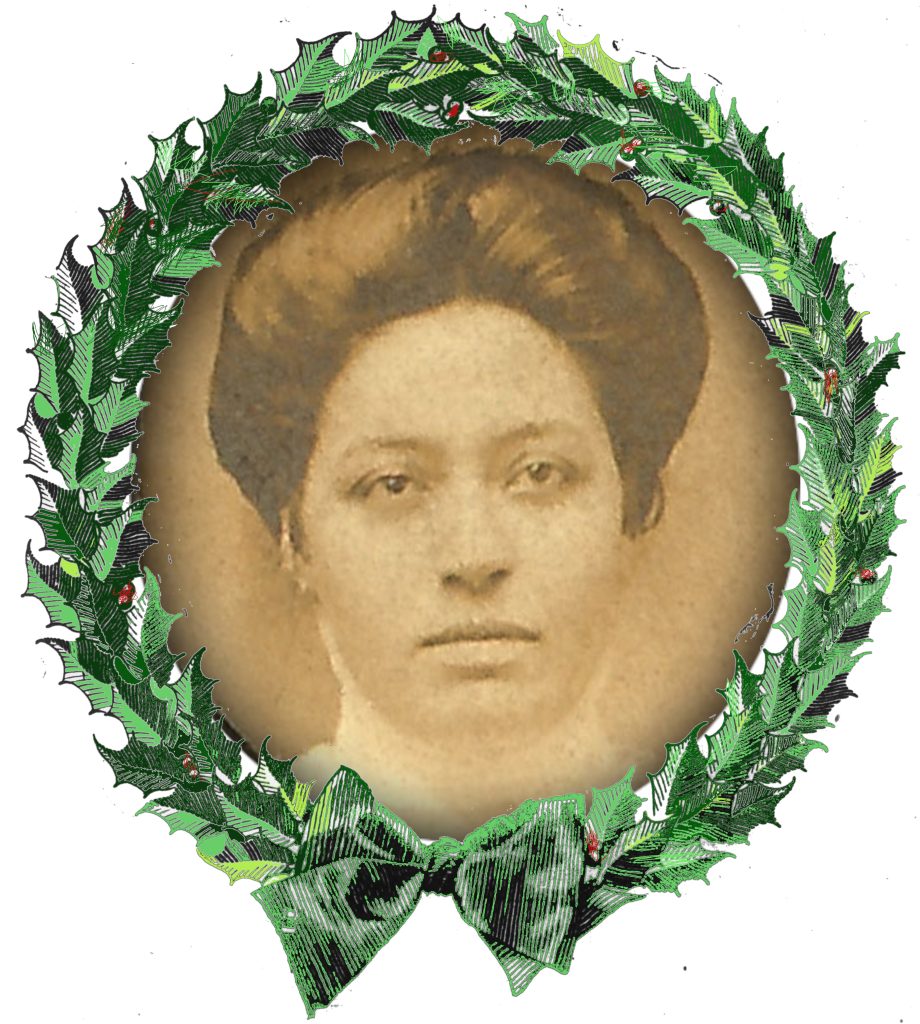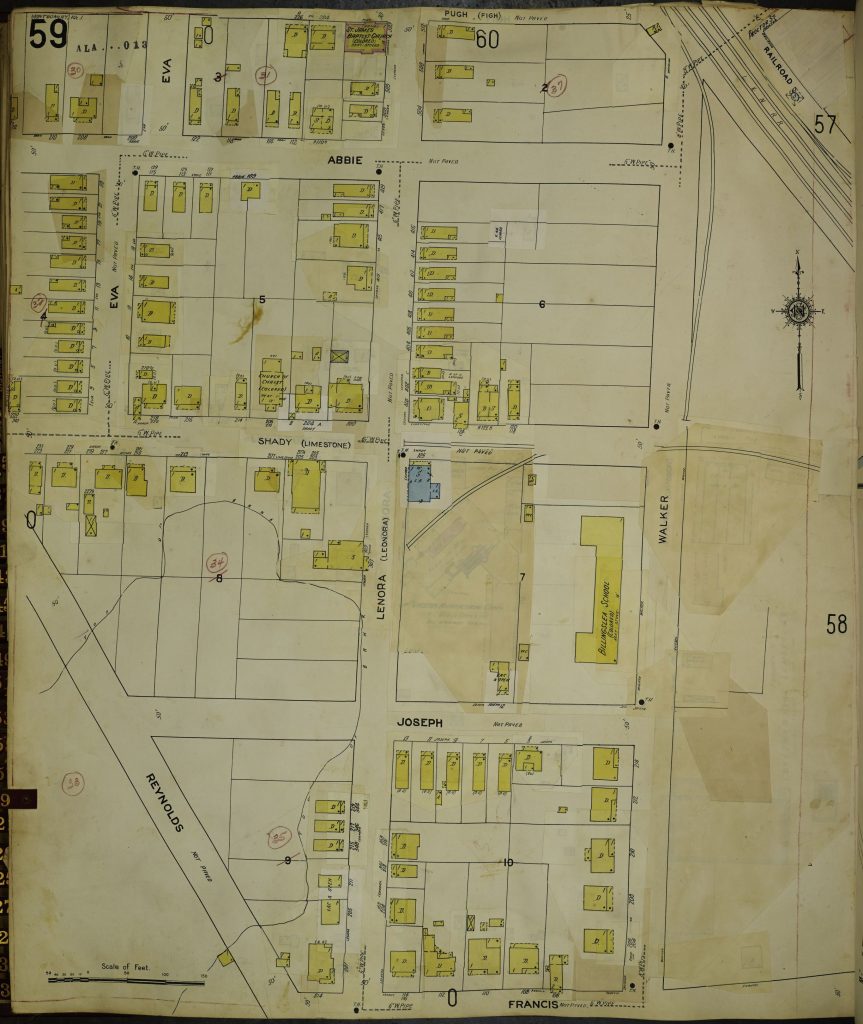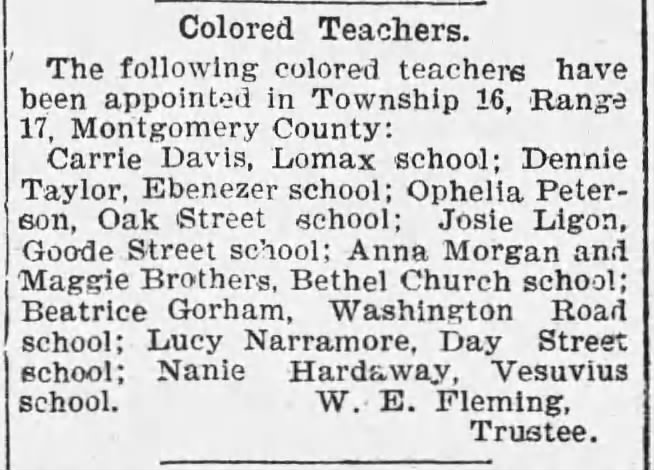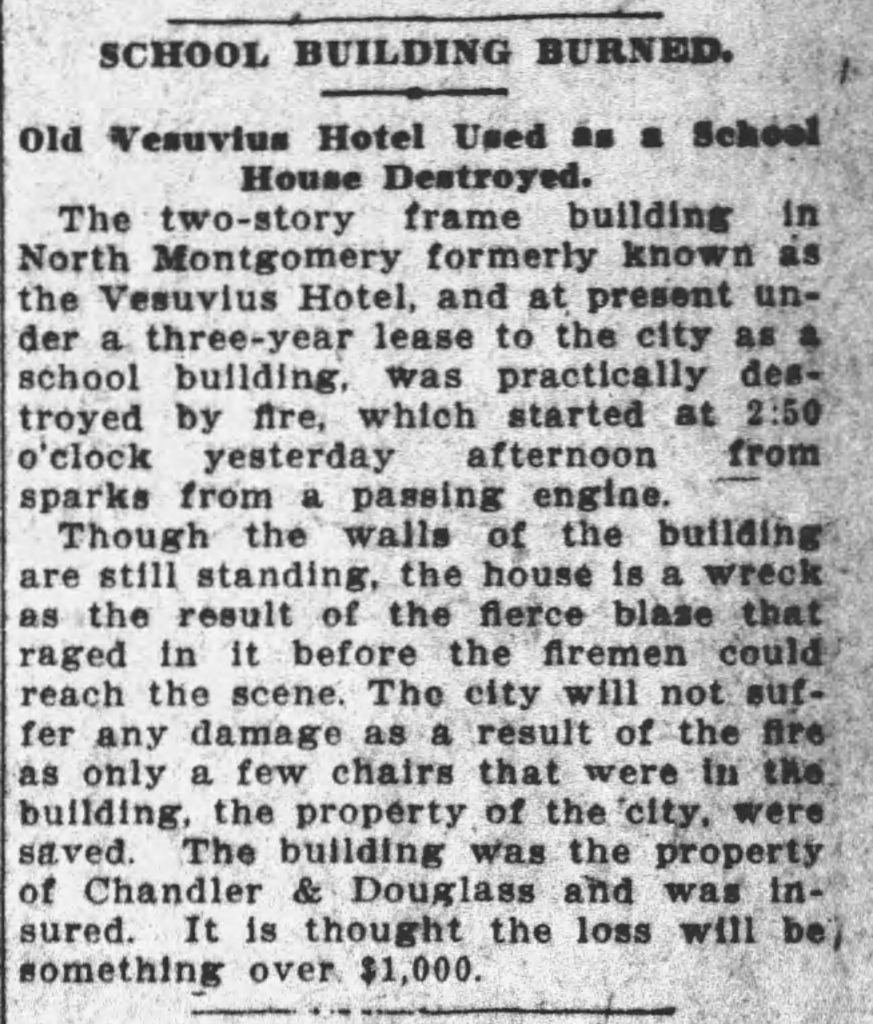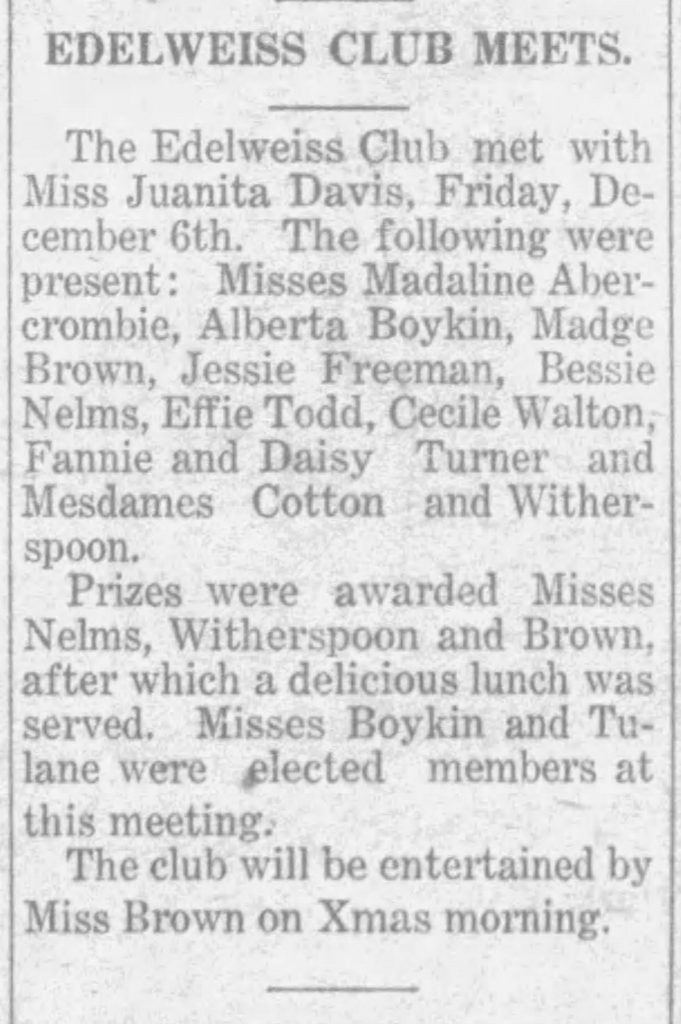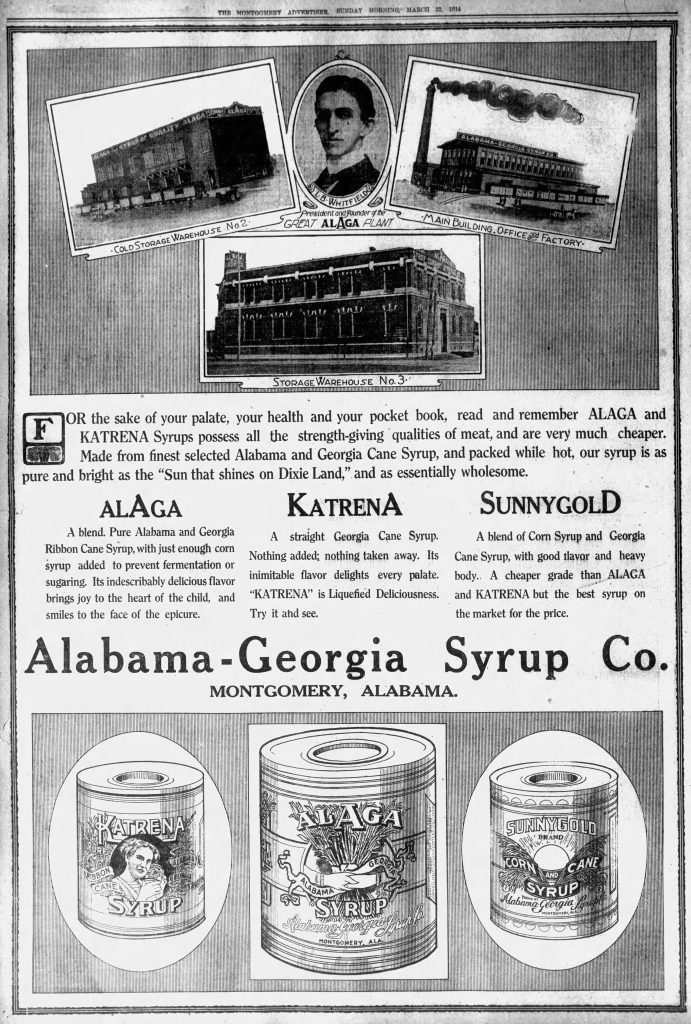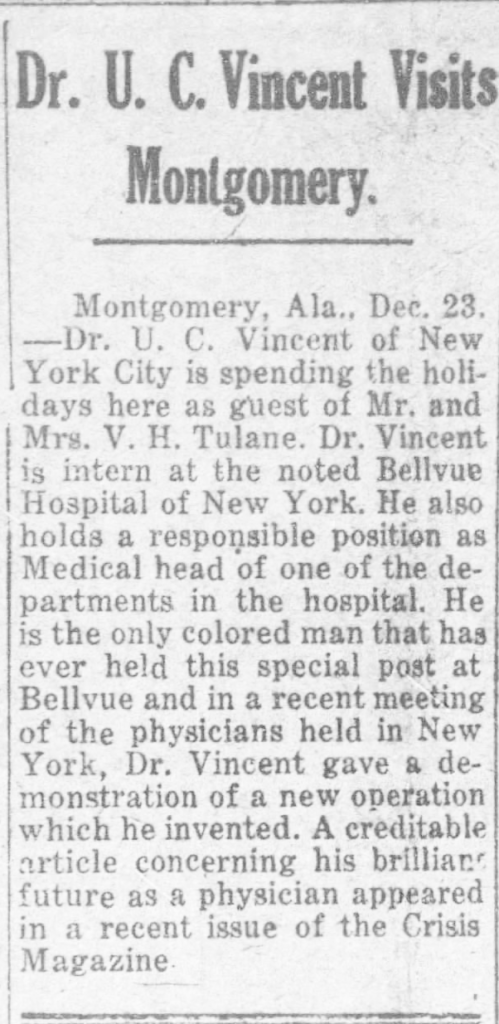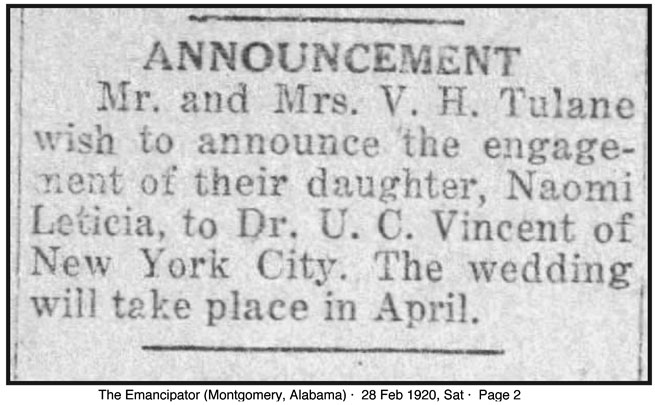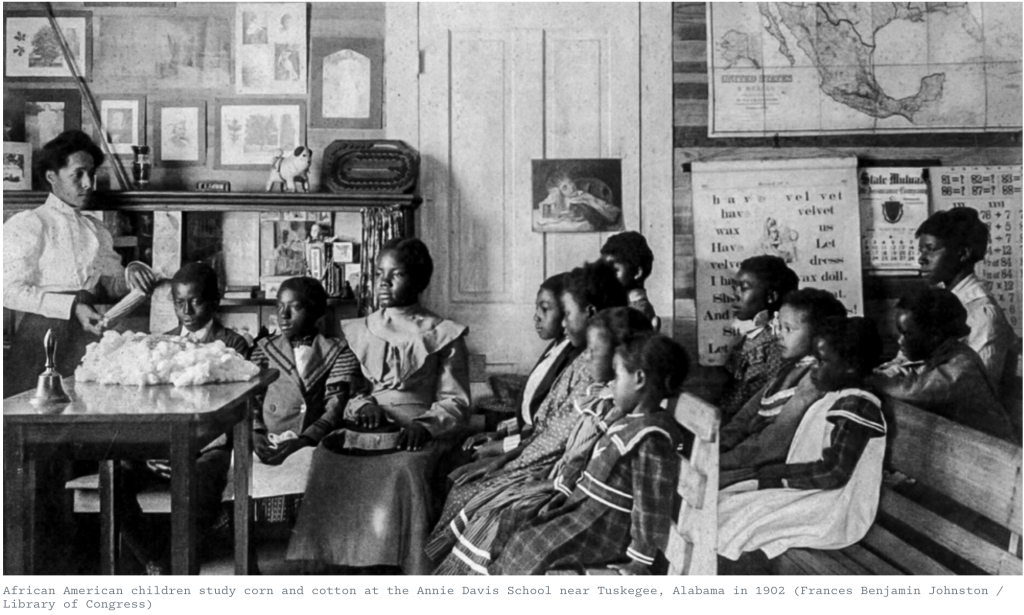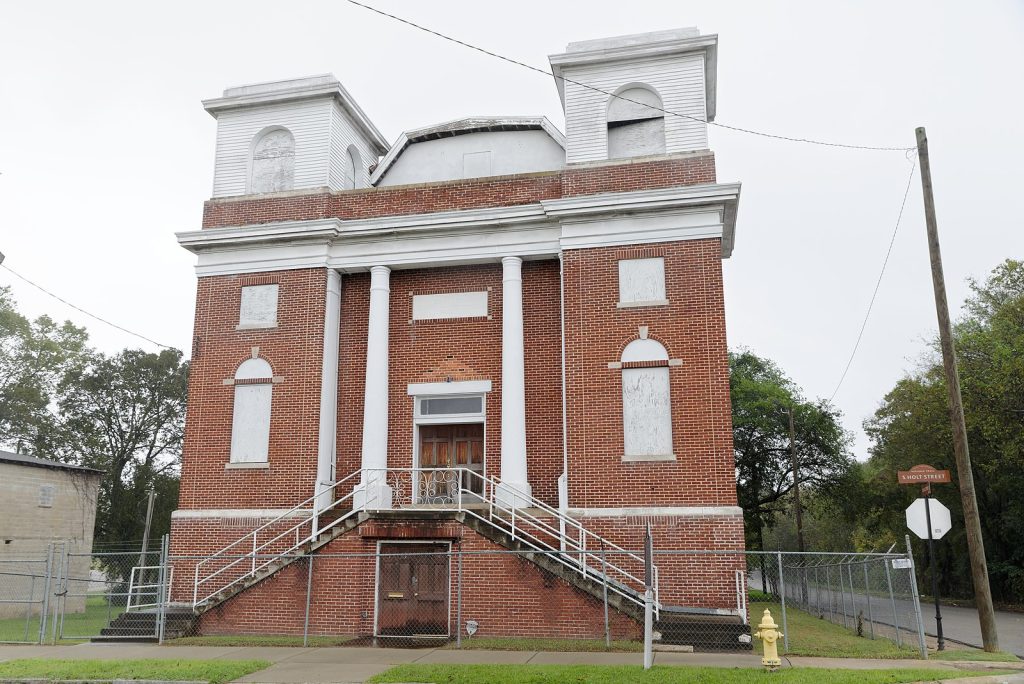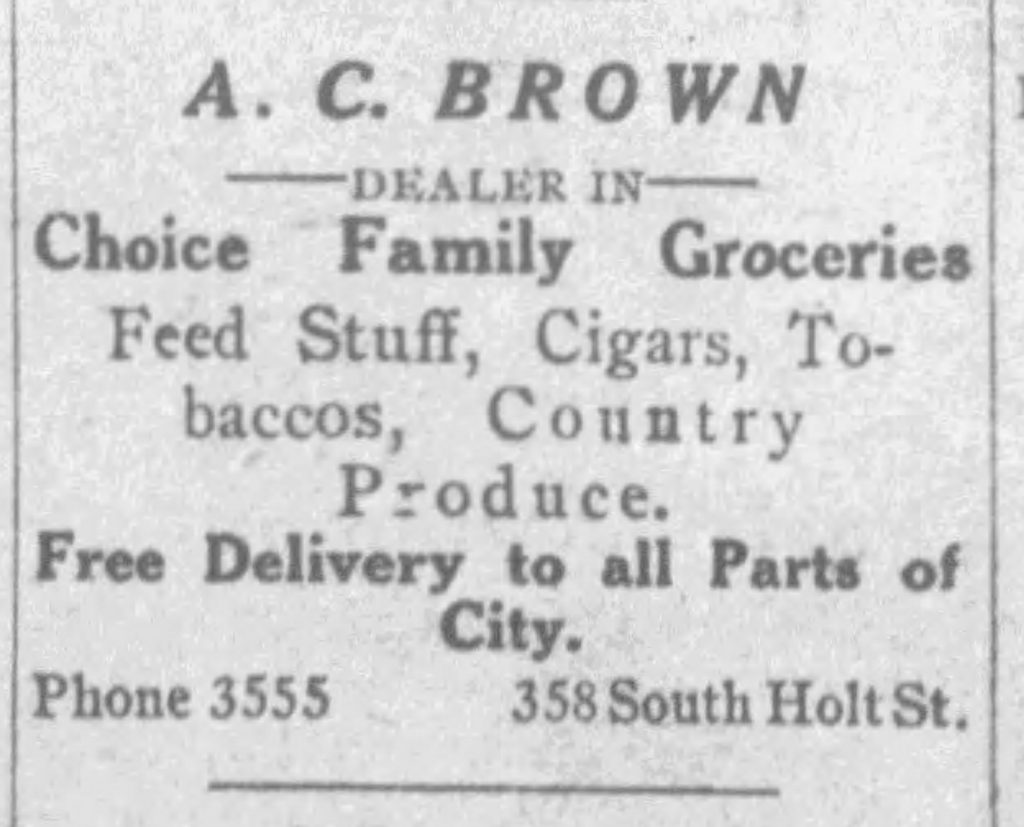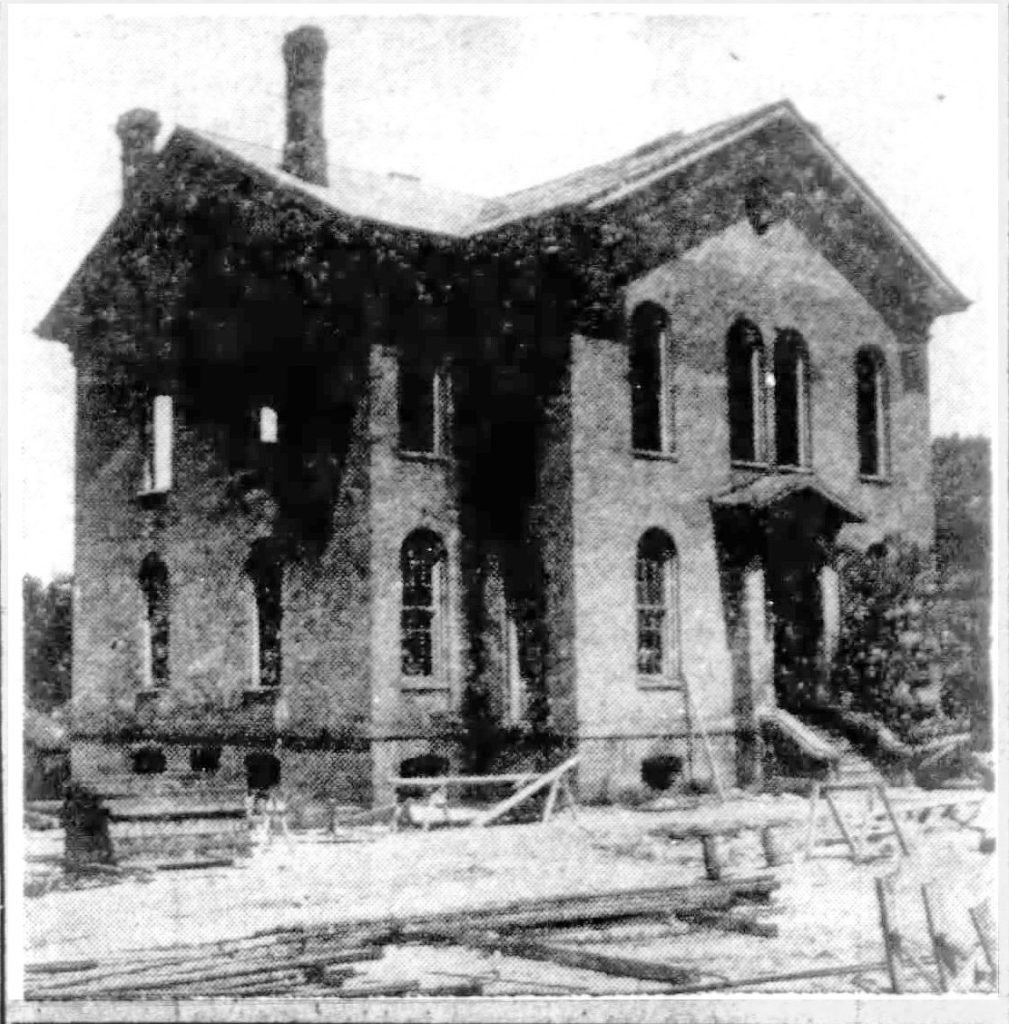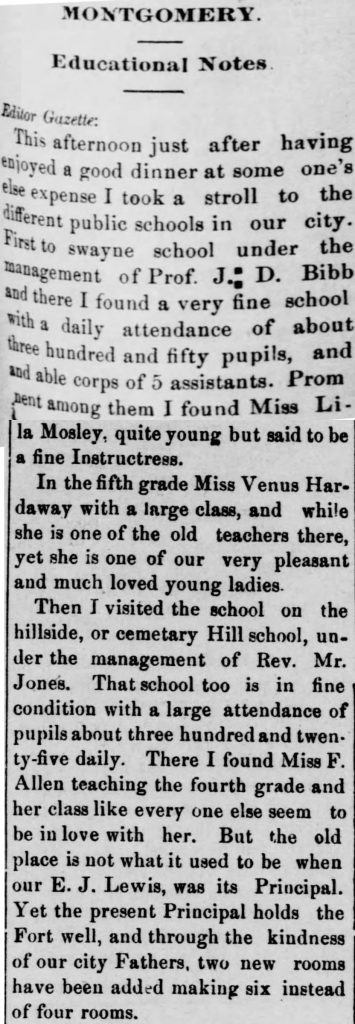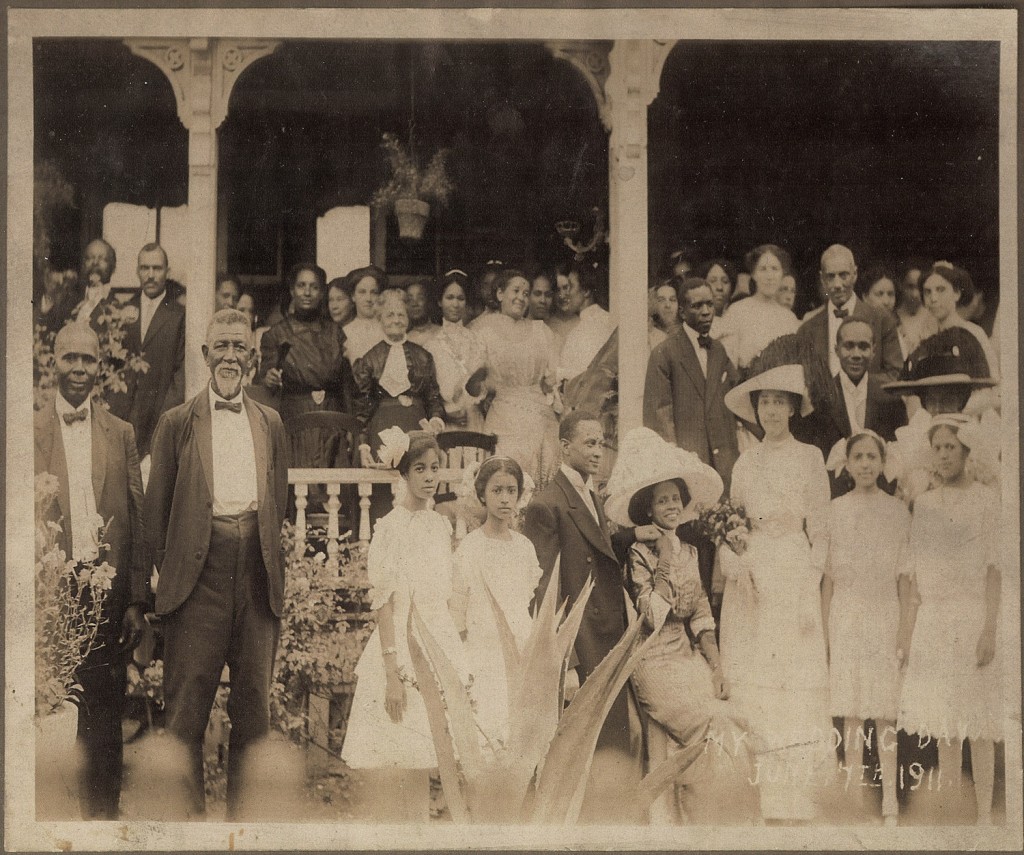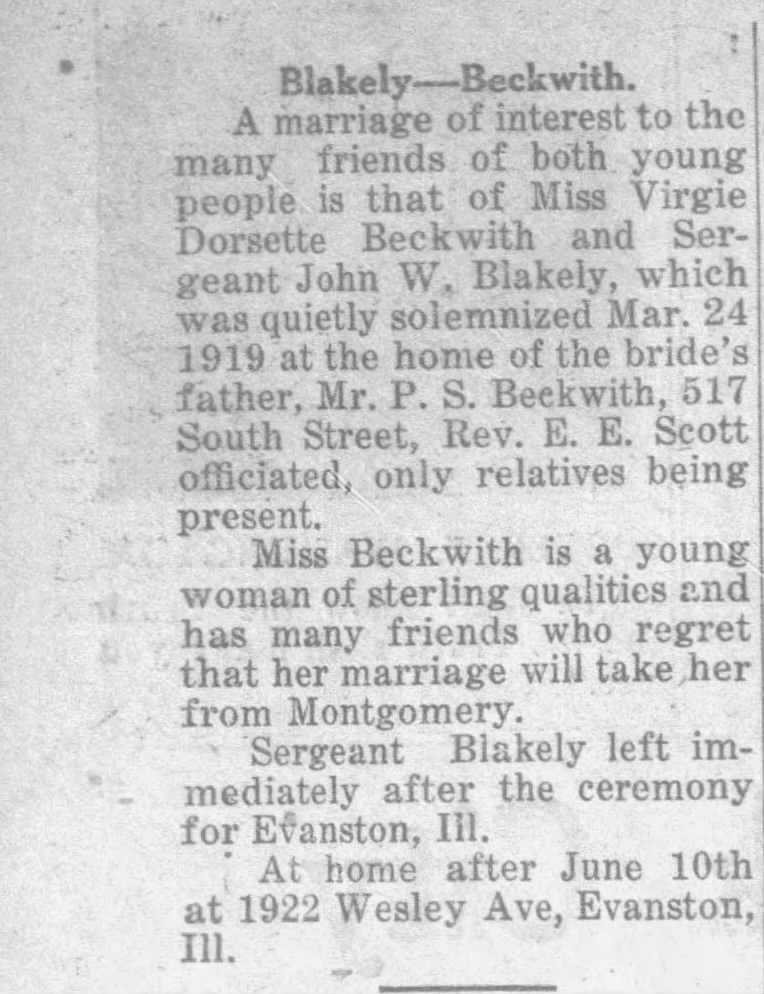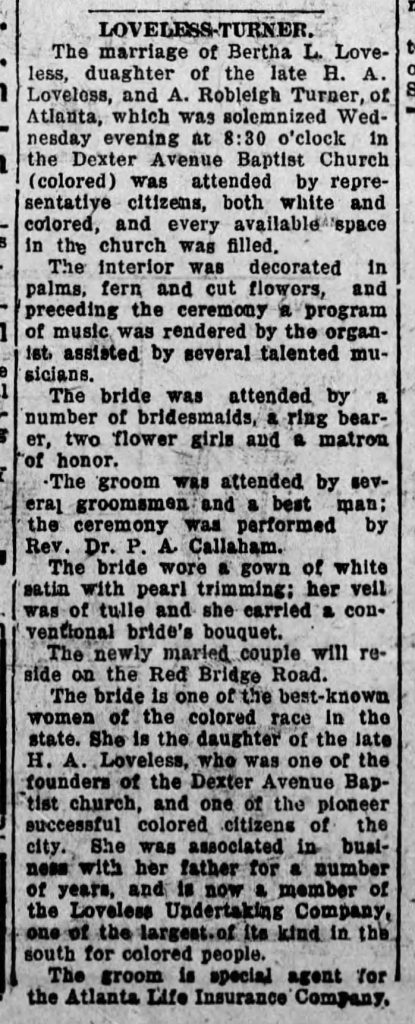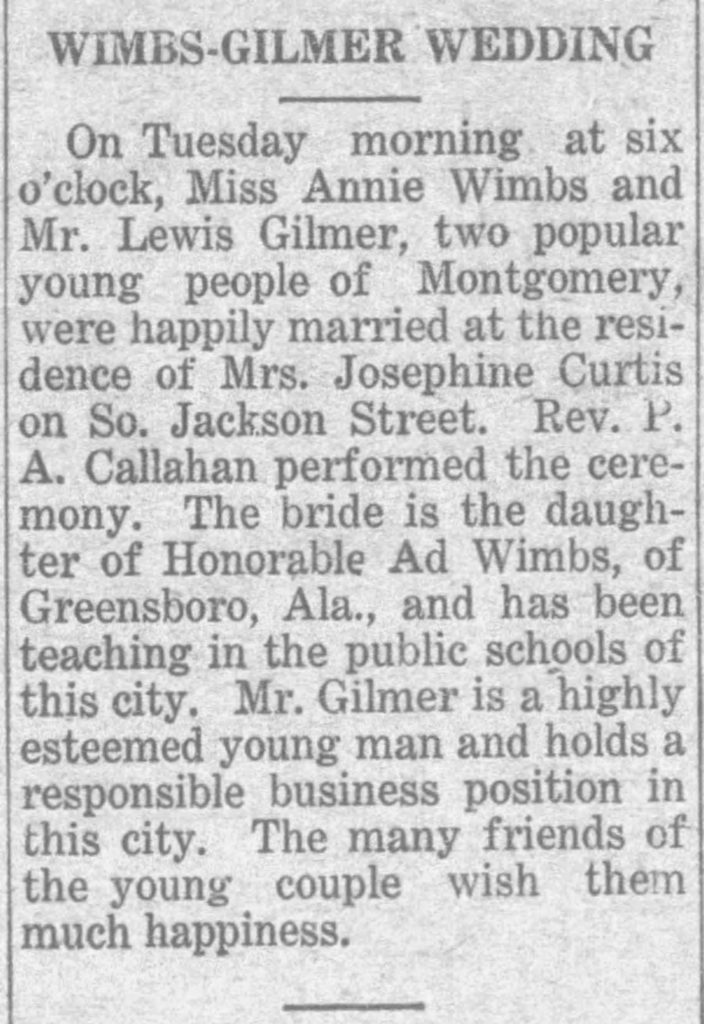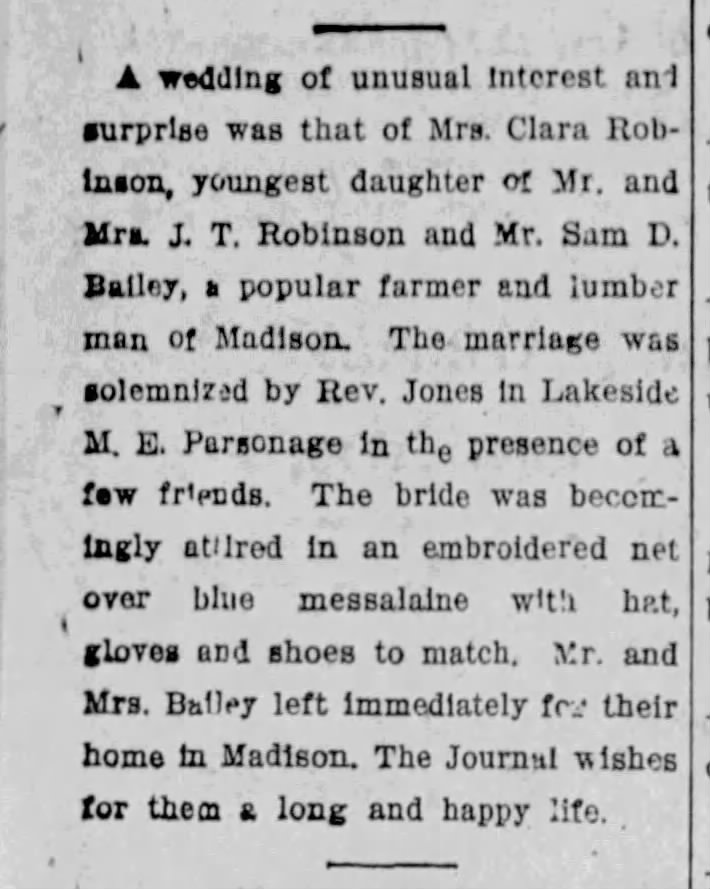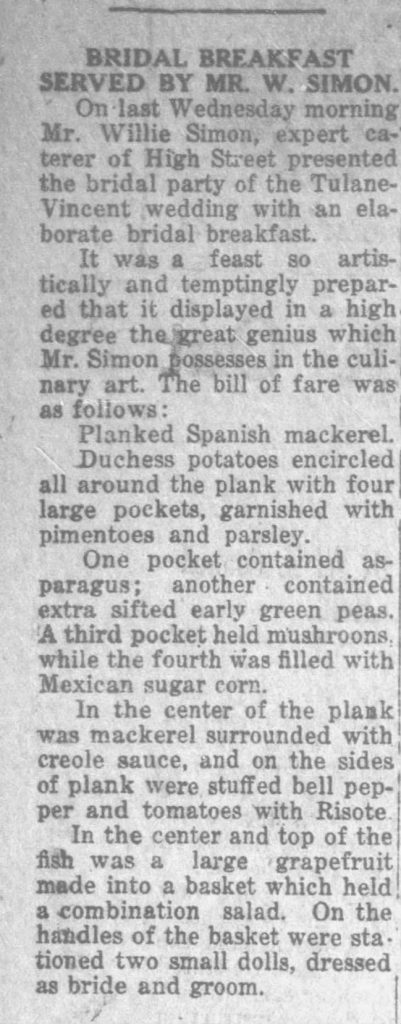I have just completed my eleventh A to Z Challenge. This year I wrote about the Edelweiss Club of Montgomery, Alabama. I had no posts written when the challenge began. This made for the usual nerve wracking experience of writing all day to get the post ready to go live by midnight. And also squeezing in visits to other blogs.
I have researched the 37 members intensively over the past several years, but had not looked at recipes of the day nor at the schools where the teacher members taught except in general, so I did learn about those things. I was surprised to see that most of them did marry, even if some married late and some divorced. I learned that their parents were pretty interesting. I tried to avoid getting sidetracked on them, although there were some good stories there. I’m considering writing about that generation next year, taking it back to my great grandmother Jennie Virginia Allen Turner’s life in Montgomery from the 1860s, to the time of her marriage in 1886.
This year I just didn’t seem to have the zest that I usually experience during the challenge. I was just holding on and getting through. Maybe it’s the depressing conditions all around, local, national and worldwide. Whatever it was, I did finish. I am glad I finally wrote up some of the Edelweiss women and their possible delicious luncheons.
I mostly read the same blogs I follow all year or those that I have on file from past challenges. I tried a few new ones as we went on, mainly finding them through comments on mine or other’s blogs or a few from the list.
These are the blogs I most often read and commented on:
- Anne’s Family History
- Backsies Is What There Is Not
- Black and White
- CRACKERBERRIES
- The Curry Apple Orchard
- Hot Dogs and Marmalade
- jillballau
- Madly-in-Verse
- MOLLY’S CANOPY
- The Multicolored Diary
- The Old Shelter
- Tell Me Another
- Women’s Legacy Project
There were others that I visited less often and there were some I discovered late in the challenge.
You can find an index to my April posts here A to Z Challenge 2024 – The Edelweiss Club
Thank you to everyone who makes the challenge work and to everyone who read my posts and to those who commented, I tried to visit and comment back. Also thanks to my husband Jim who proofreads my posts. I do sometimes change up afterwards, so he is not to blame if some errors crept in!


